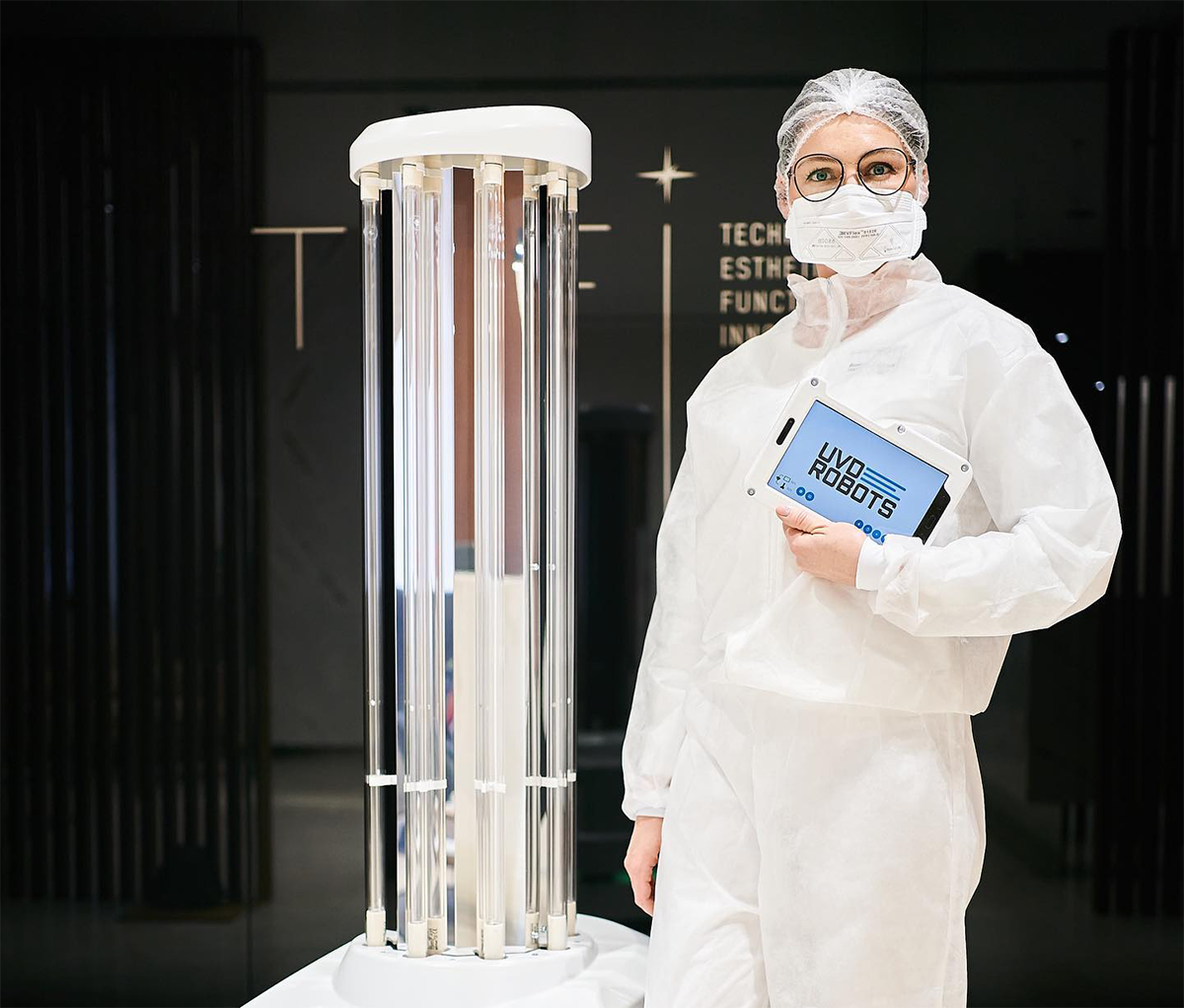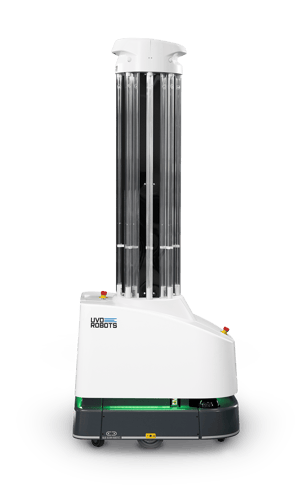Title
Content
Title
Content

Clostridioides difficile, Clostridioides difficile, or C.diff, is a type of microorganism found in indoor environments1. Here is what you need to know about this microorganism.
.jpg?width=400&height=267&name=shutterstock_285291788%20(1).jpg)
Clostridioides difficile, also known as Clostridium difficile or C.diff, is a rod-shaped, Gram-positive species of microorganisms. A former member of the genus Clostridium, Clostridioides difficile has the ability to grow endospores, or cellular components that allow microorganisms to exist in a dormant state under harsh survival conditions.2
In humans and other animals, Clostridioides difficile can exist in asymptomatic forms, and the species has been found to persist on surfaces.3
Clostridioides difficile is problematic in that it can be a source of detrimental environmental contamination, especially in indoor areas.4 It can attach itself to materials such as stainless steel5 and has been found to be resistant to alcohol-based antiseptic treatments.6
.jpg?width=400&height=283&name=shutterstock_583497553%20(1).jpg)
Clostridioides difficile has been recorded on 46.5% of floor samples in U.S. indoor environments, more than bathroom or non-floor areas.7 Internationally, floor presence of Clostridioides difficile has been as high as 36% of samples taken.8
Though this is the case, Clostridioides difficile has been associated with a vulnerability to “no-touch” disinfection such as ultraviolet (UV) light.9 One study associated a 3-log reduction of Clostridioides difficile given a sufficient dosage of UV light, or a reduction rate of 99.9%.10
UVD Robots are a series of self-navigating disinfection robots produced by the Danish company Blue Ocean Robotics.11 They are mobile and autonomous robots that emit 254 nanometer (nm) ultraviolet C (UV-C) light to disinfect surfaces from microorganisms such as Clostridioides difficile.12
In laboratory conditions, 254 nm UV-C light has been associated with an at least 3-log reduction of Clostridioides difficile, representing a reduction rate of 99.9%.13 Similarly, UVD Robots have been associated with 3- to 7-log reductions of selected microorganisms, representing reduction rates of 99.9% to 99.99999%.
With completely autonomous functions and the high-log reduction qualities of 254 nm UV-C light, UVD Robots offer the potential to reduce microorganisms such as Clostridioides difficile in indoor environments. These properties make UVD Robots an applicable solution for disinfection.

UVD Robots provide fully automated disinfection solutions with predictable, and cost effective outcomes in various facilities.
Click the button to learn how our UVD Robots are using UV-C light to eliminate more than 99.99% of selected microorganisms in the environment by disinfecting with UV-C light.
1. Jo, Jinhee, et al. "Multi-country surveillance of Clostridioides difficile demonstrates high prevalence of spores in non-healthcare environmental settings." Anaerobe 75 (2022): 102543.
2. Collins, M. D., et al. "The phylogeny of the genus Clostridium: proposal of five new genera and eleven new species combinations." International journal of systematic bacteriology 44.4 (1994): 812-826.
3 Flock, Genevieve, et al. "Efficacy of Octenidine Hydrochloride in Reducing Clostridioides difficile Spores on Stainless Steel Surfaces." (2021)
4. Jo, Jinhee, et al. "Multi-country surveillance of Clostridioides difficile demonstrates high prevalence of spores in non-healthcare environmental settings." Anaerobe 75 (2022): 102543.
5. Flock, Genevieve, et al. "Efficacy of Octenidine Hydrochloride in Reducing Clostridioides difficile Spores on Stainless Steel Surfaces." (2021).
6. Reigadas, E., et al. "Clostridioides difficile contamination in a clinical microbiology laboratory?." Clinical Microbiology and Infection 26.3 (2020): 340-344.
7. Jo, Jinhee, et al. "Multi-country surveillance of Clostridioides difficile demonstrates high prevalence of spores in non-healthcare environmental settings." Anaerobe 75 (2022): 102543.
8. Jo, Jinhee, et al. "Multi-country surveillance of Clostridioides difficile demonstrates high prevalence of spores in non-healthcare environmental settings." Anaerobe 75 (2022): 102543.
9. Edwards-Jones, Val. "Assessment of UVD Robot Against Reduction of MultiDrug Resistant Klebsiella pneumoniae, Acinetobacter baumannii and Clostridium difficile on Surfaces." Essential Microbiology Ltd. and Melbec Microbiology Ltd., Apr. 2019, www.melbecmicrobiology.co.uk, www.essentialmicrobiology.com.
10. Edwards-Jones, Val. "Assessment of UVD Robot Against Reduction of MultiDrug Resistant Klebsiella pneumoniae, Acinetobacter baumannii and Clostridium difficile on Surfaces." Essential Microbiology Ltd. and Melbec Microbiology Ltd., Apr. 2019, www.melbecmicrobiology.co.uk, www.essentialmicrobiology.com.
11. González, Carlos M. "Cleaning with UV light." Mechanical Engineering 143.1 (2021): 32-33.
12. Edwards-Jones, Val. "Assessment of UVD Robot Against Reduction of MultiDrug Resistant Klebsiella pneumoniae, Acinetobacter baumannii and Clostridium difficile on Surfaces." Essential Microbiology Ltd. and Melbec Microbiology Ltd., Apr. 2019, www.melbecmicrobiology.co.uk, www.essentialmicrobiology.com.
13. Edwards-Jones, Val. "Assessment of UVD Robot Against Reduction of MultiDrug Resistant Klebsiella pneumoniae, Acinetobacter baumannii and Clostridium difficile on Surfaces." Essential Microbiology Ltd. and Melbec Microbiology Ltd., Apr. 2019, www.melbecmicrobiology.co.uk, www.essentialmicrobiology.com.